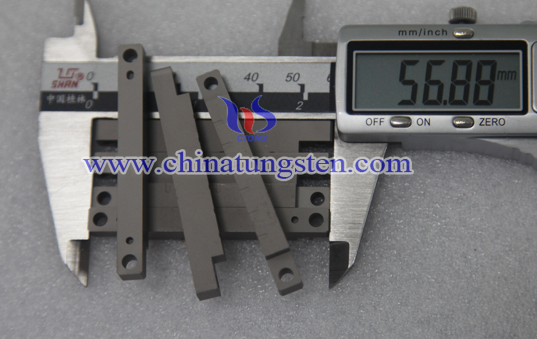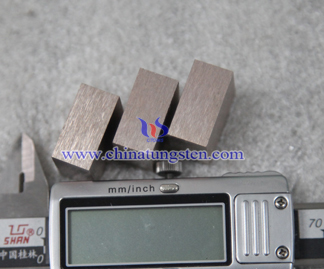Tungsten Copper Rapid Directional Solidification

Introduction
Tungsten copper directional solidification rapid preparation of tungsten copper alloy, so that between the solidifying metal and non-metal solidified to produce a specific temperature gradient, usually resulting in a higher degree of supercooling, so that solidification in a wide range of solubility, the solid obtained phase high content of alloying elements and grain refinement significantly fewer microscopic segregation. Commonly used methods of rapid solidification atomization, melt spinning method and spray deposition.
Advantages
Tungsten copper material used for tissue products, rapid solidification method to obtain uniform, fine grain size, high thermal conductivity properties, but also greatly improve the mechanical properties of a variety of tungsten-copper alloy to improve the wear-resistant tungsten-copper composite materials and corrosion performance. In general, the use of materials of the organization depends largely on its shape, due to the rapid solidification technology directional solidification structure can be well controlled grain size and grain orientation, help improve the performance of tungsten copper materials. In order to obtain a finer grain structure, we need a greater degree of supercooling, for this study a number of new preparation techniques, such as: Regional melting liquid metal cooling method (ZMLMC), Electromagnetic Shaping directional solidification technique, Undercooled directional solidification technology, laser ultra-high temperature gradient directional solidification rapid.
Disadvantages
The study found that even a rapid solidification method, the cooling speed is too slow, so that there is sufficient time solidification structure and roughened up, so as to produce serious dendritic segregation, limiting the improvement of the material properties, resulting in cooling is slow because is the solidification interface with liquid maximum temperature of the surface is too far away, the solid-liquid interface is not in the best position, so the temperature gradient is not obtained.

